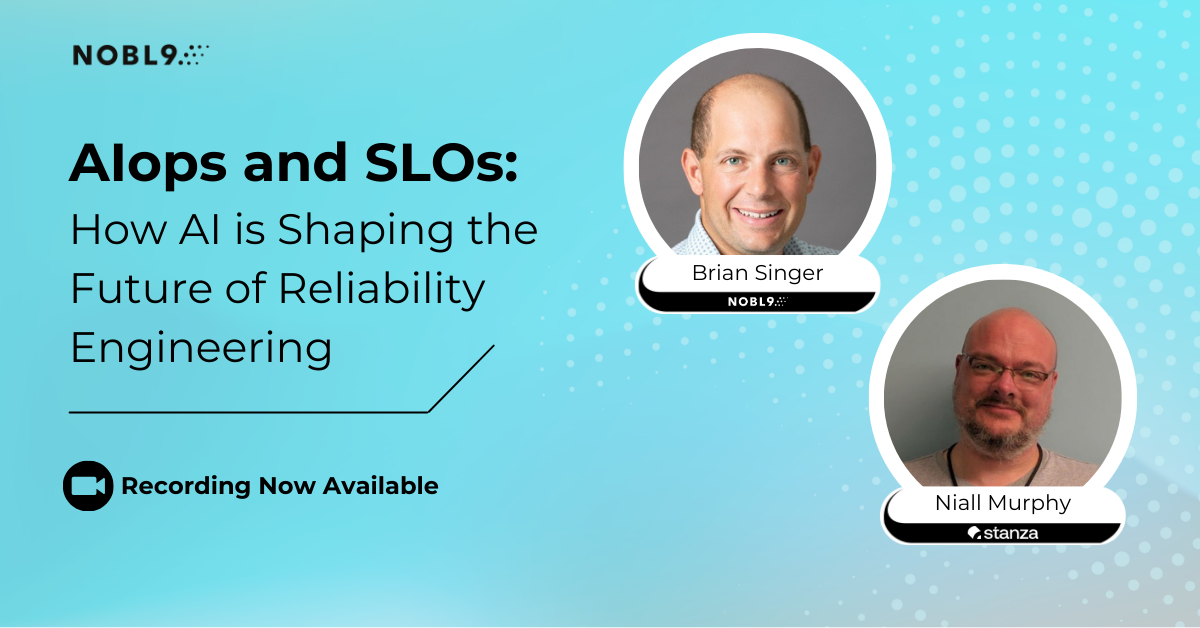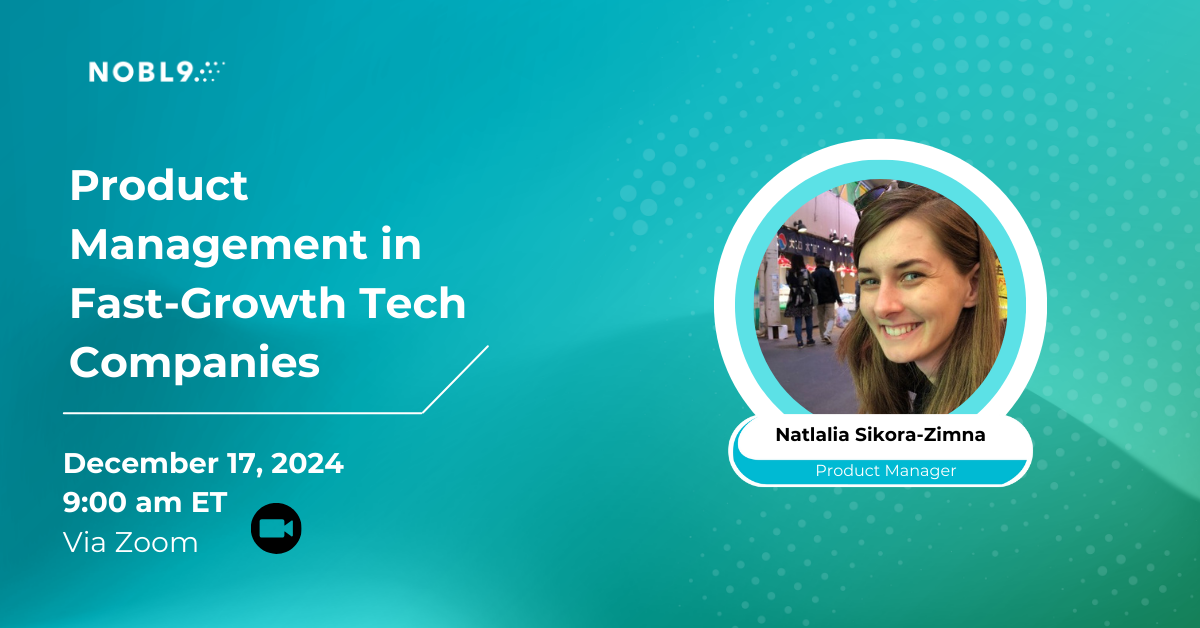More by Quan To:
Product Update Q3 - 2022 2022 Year in Review Lightstep Incident Response Alert Method Nobl9 2021 year in review Expanding SLO Capabilities – SLOconf 2022 Product Update What’s New in Nobl9 - Product Update for Q2 of 2021 Nobl9 2022 Product Update Product Update: Keeping our foot on the gas pedal Nobl9 Adds Support for Custom Labels Splunk Search Processing Language (SPL) and Nobl9 Automating SLO-as-code with GitHub Actions SLO Dashboard for Service Health How to Measure Uptime SLOs Using Nobl9 and Pingdom Accelerating Into 2021| Author: Quan To
Avg. reading time: 2 minutes
Can you believe half the year has gone by already? Time flies, but at a start-up it often feels like you’re moving at the speed of light!
Over the last quarter we continued to execute on our roadmap, and we released several exciting new features at SLOconf. In addition to a new type of Service Level Objective (SLO) capable of reflecting an entire user journey, known as Composite SLOs, we introduced an OpenSLO Converter that customers can use to import SLOs from other tools into Nobl9. We also rolled out a GitLab integration for customers who want to tie their SLOs into a CI/CD pipeline, and data source integrations for Instana, Sumo Logic, and Pingdom transactions.
During SLOconf we also introduced the Service Level Objective Development Lifecycle, or SLODLC, developed by Nobl9 in partnership with several other companies. The SLODLC provides a useful framework that can help newcomers get started with SLOs and ensure there’s a process to maintain them within their organizations.
The team delivered product updates roughly every two weeks during the last quarter. Some of the new features include:
- Google Cloud Monitoring support – Google Cloud infrastructure automatically sends metrics to Google Cloud Monitoring, and customers can now use those metrics to set reliability targets for that infrastructure in Nobl9.
- InfluxDB support – Customers using InfluxDB as their metrics source can now pull in data using FluxQL and create SLOs for those metrics in Nobl9.
- Dynatrace and Lighstep Direct connections – Customers using Dynatrace or Lightstep as their metrics sources now have the option to create Direct connections to those data sources in Nobl9. This alleviates the need to deploy an Agent to pull in their metrics.
- mstats support for Splunk – We’ve added support for querying the mstats tables in Splunk for SLO data. This provides customers with a more efficient way to retrieve information and removes any potential privacy concerns, as the mstats tables contain purely numerical data.
- Default organization roles – Customers can now define the default organization role for any new user signing in to Nobl9 (through SSO or for all users created inside Nobl9): either Organization User or Organization Viewer. If no role is specified, the default is Organization User; an Organization Viewer has read-only access to resources in the Nobl9 platform and cannot create any resources.
- Dark mode for documentation – We’ve introduced a dark mode for viewing the Nobl9 documentation, which should make things easier on customers’ eyes :)
In addition to all these features, the UI has been updated to include more information in the detail views (project, service, SLOs, alerts) to facilitate navigation.
I’m quite proud of the way our team operated over the last three months – it’s refreshing to see how quickly things can get done at Nobl9, and it’s rewarding to see our customers delighted by the new features that we’re dropping every few weeks.
At Nobl9, we’re continually working to improve the SLO experience. We have plans to roll out lots more amazing new features in the second half of 2022, so stay tuned to see what’s coming next!









.png?width=1200&height=628&name=Building%20Reliable%20E-commerce%20Experiences%20(24).png)
.png?width=1200&height=628&name=Building%20Reliable%20E-commerce%20Experiences%20(22).png)
.png?width=1200&height=628&name=Building%20Reliable%20E-commerce%20Experiences%20(19).png)










Do you want to add something? Leave a comment